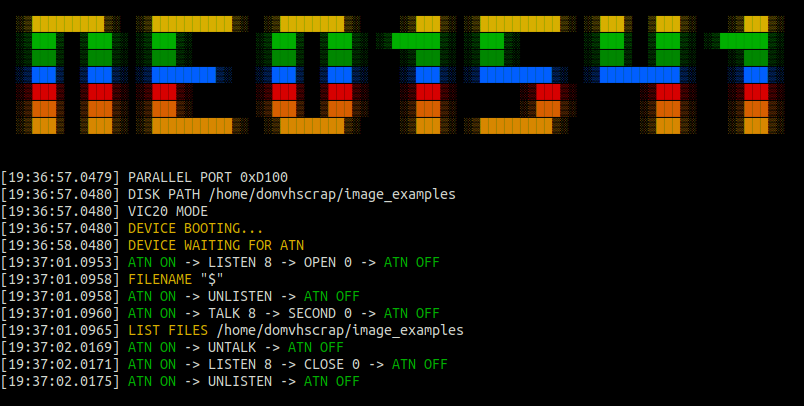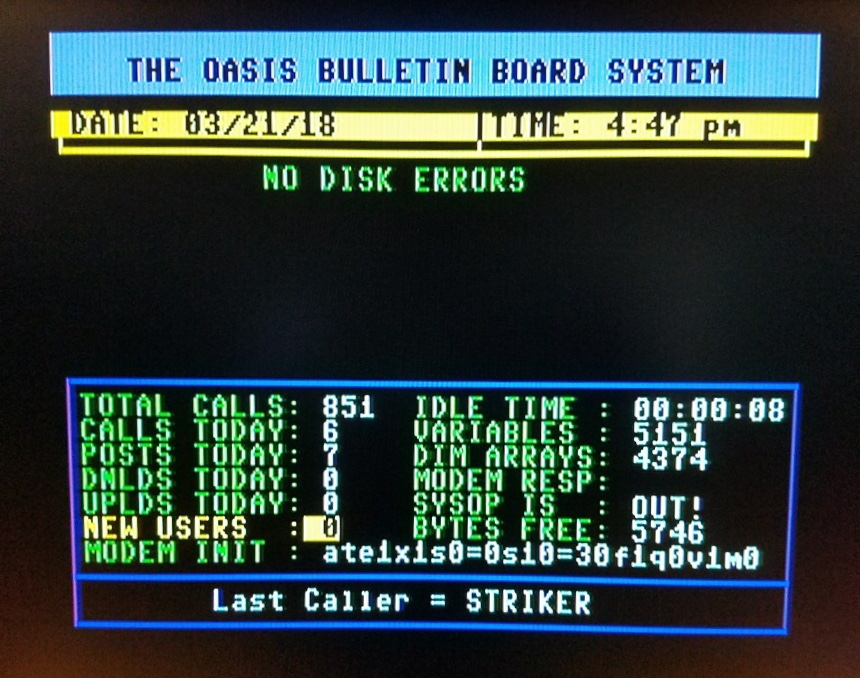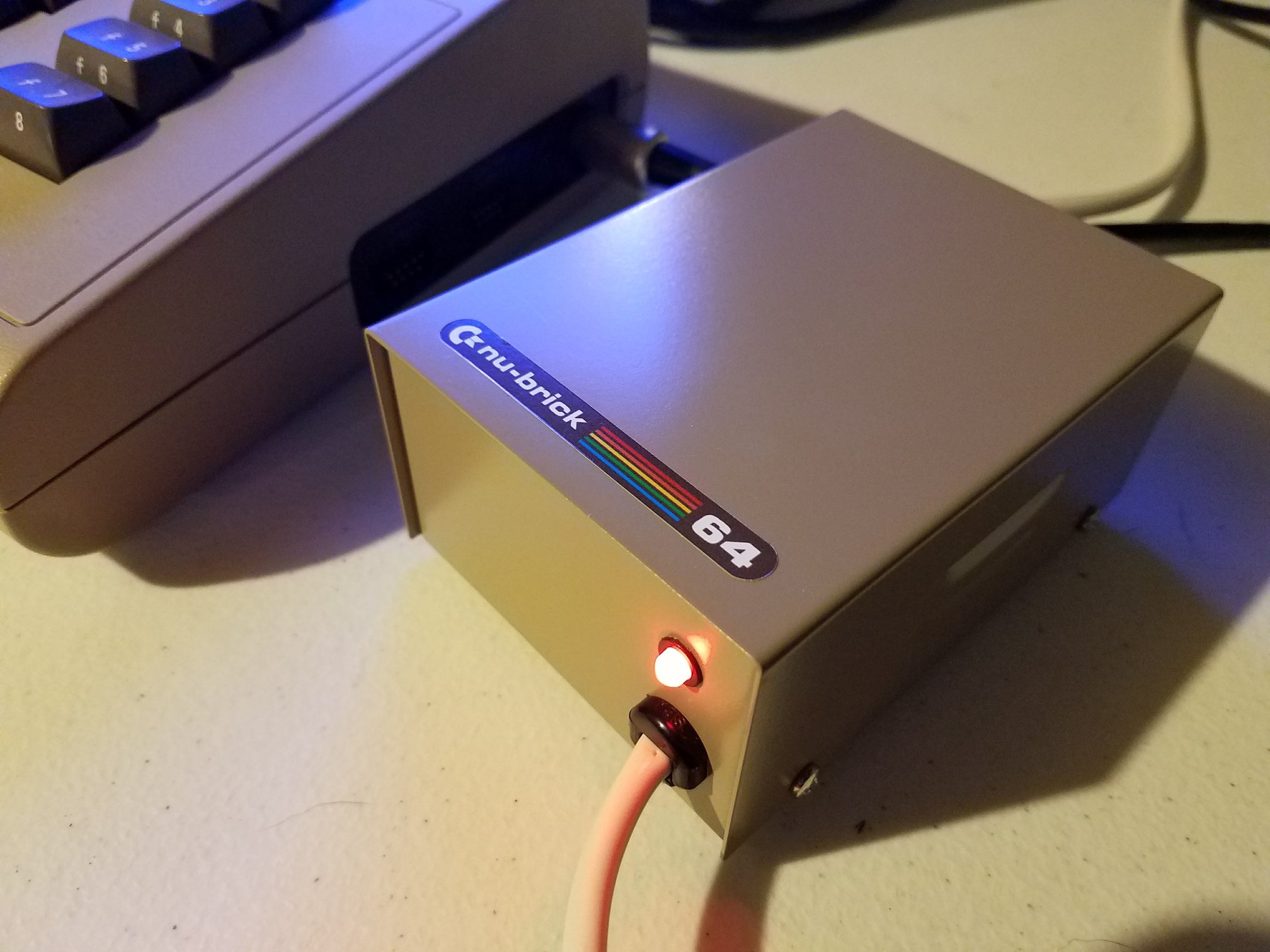Domenico Muti’s NEO1541 is a software emulator that simplifies using the Commodore 1541 IEC protocol on Linux systems. Designed with practicality in mind, it offers a straightforward way to load and save PRG files directly from a hard disk or D64 image files. While saving to D64 files isn’t available yet, the tool remains an effective option for working with Commodore programs on modern machines.
NEO1541 supports various configurations to adapt to your setup. Whether you’re running a system with a built-in hardware parallel port or a PCIe expansion card, the emulator is ready to connect. It’s even been tested with cards based on the WCH382L chip, readily available on platforms like AliExpress. However, compatibility with USB-to-LPT adapters is not guaranteed.
Key functions include:
- Parallel Port Support: Use a standard XM1541 cable to bridge your hardware to the emulator.
- File Flexibility: Work seamlessly with
.prgfiles and browse directories on your system. - Versatile Modes: Enable VIC-20 compatibility with a single command-line flag.
Getting started with NEO1541 is refreshingly simple:
- Install Dependencies: Ensure
gccandncurseslibraries are available on your system. - Compile the Source Code: Run
makein the source directory to build the emulator. - Launch the Emulator: Use
./neo1541to start.
If your parallel port doesn’t use the default address (0x378), locate the correct address by running:
sudo cat /proc/ioports | grep parport
Then launch the emulator with the appropriate port:
./neo1541 --port [port_address]
Examples for Use
- Specify a Directory as a Virtual Disk:
./neo1541 --disk /home/user/c64prg/ - Enable VIC-20 Mode:
./neo1541 --vic20
NEO1541 works best with systems equipped with a hardware parallel port. While it’s compatible with certain PCIe expansion cards, users relying on USB-to-LPT adapters may encounter issues due to limited compatibility.
NEO1541 is a handy solution for Linux users who want to interact with Commodore 1541 software. With its lightweight design and practical functionality, it’s a valuable tool for retro computing enthusiasts. Though still a work in progress, the project provides a solid foundation for anyone looking to bridge the gap between modern hardware and vintage Commodore software.








